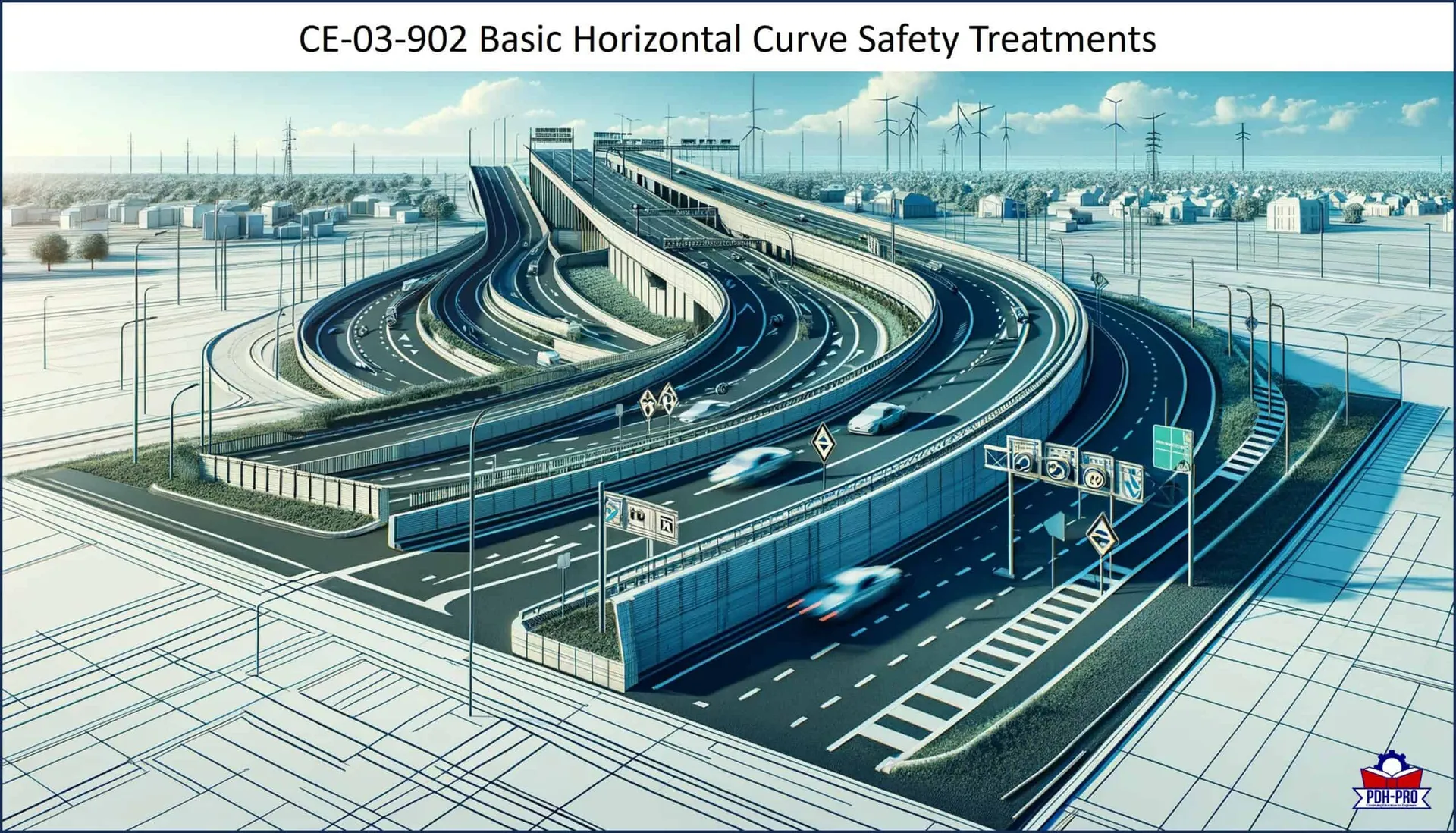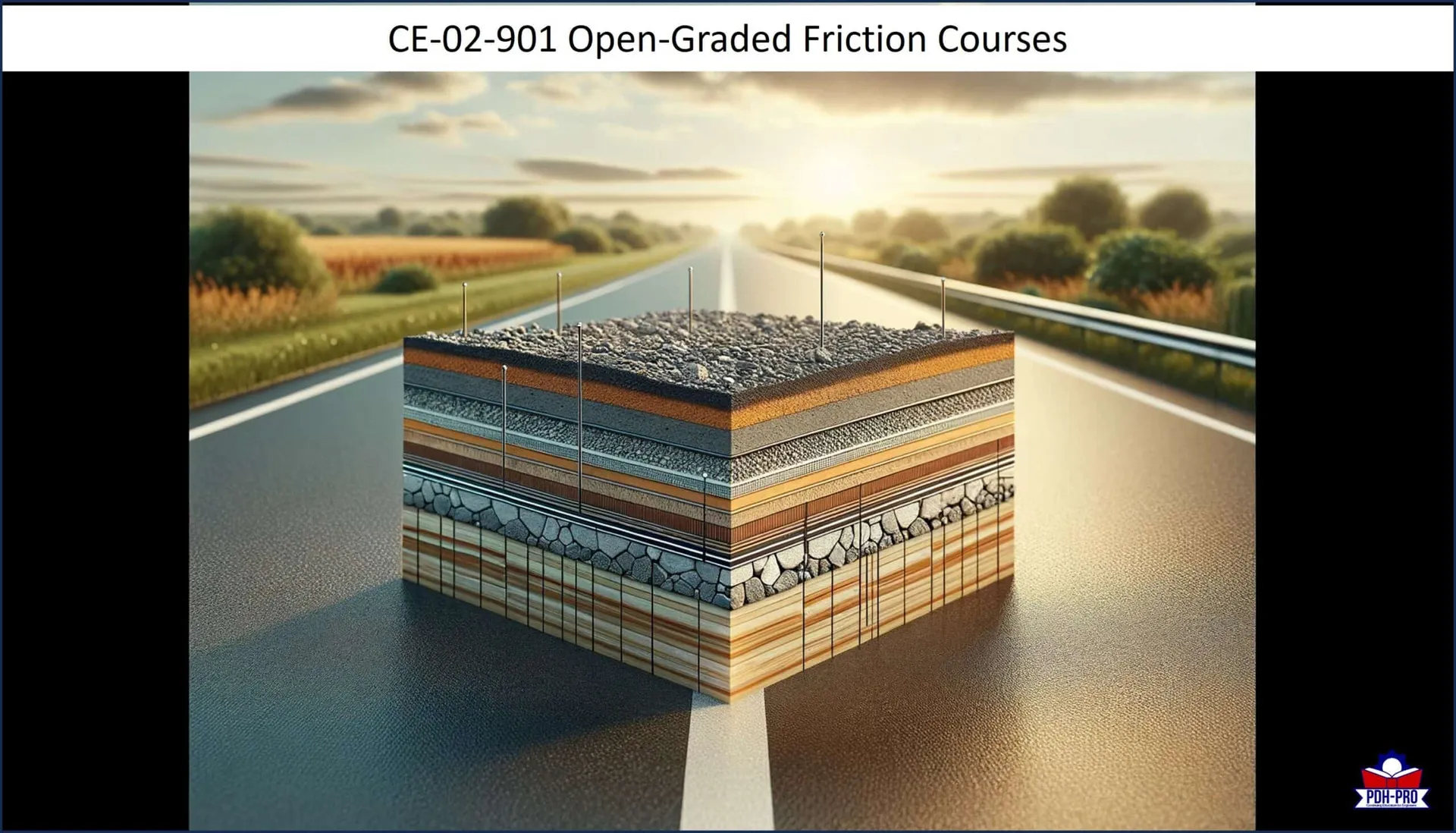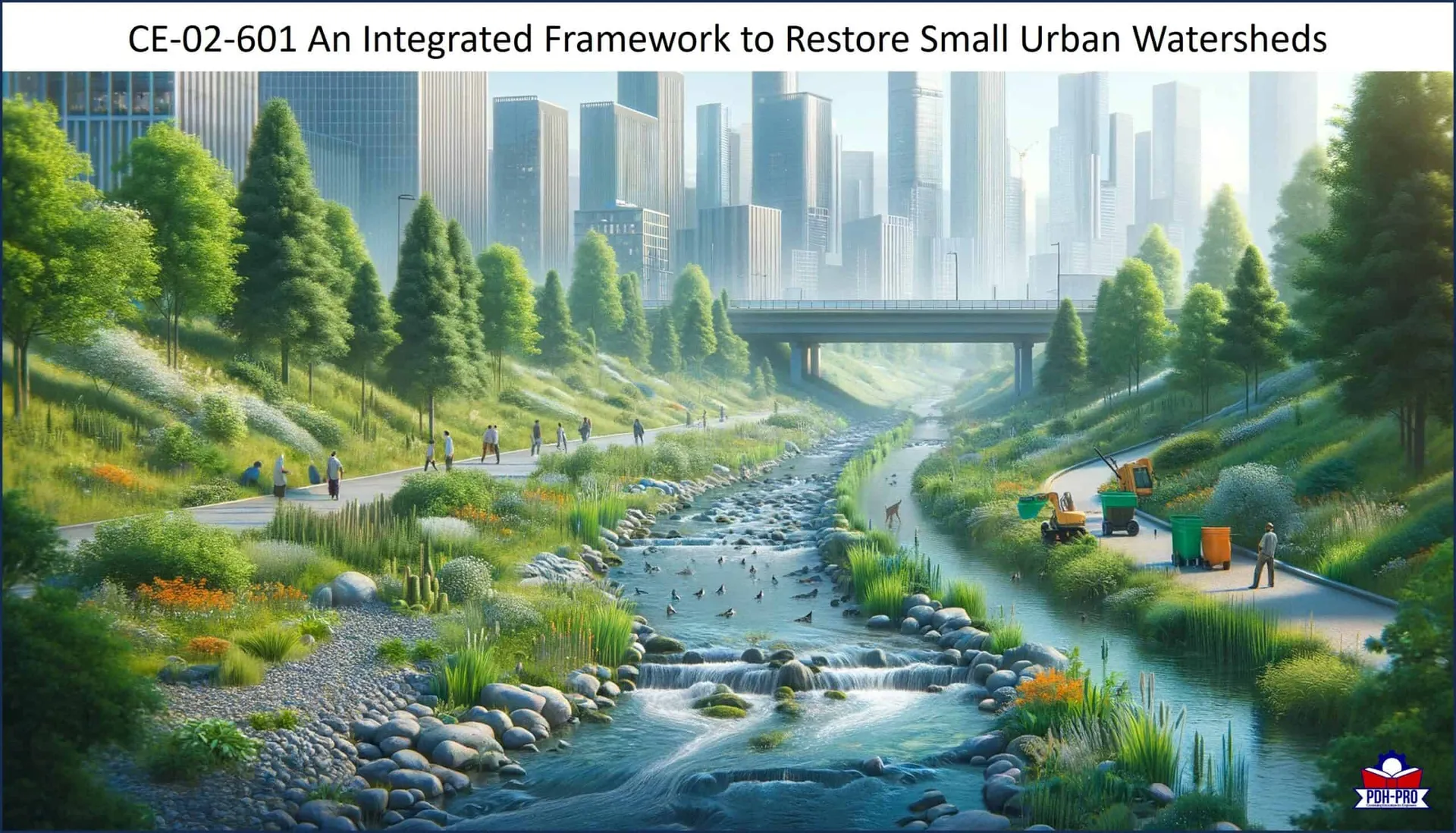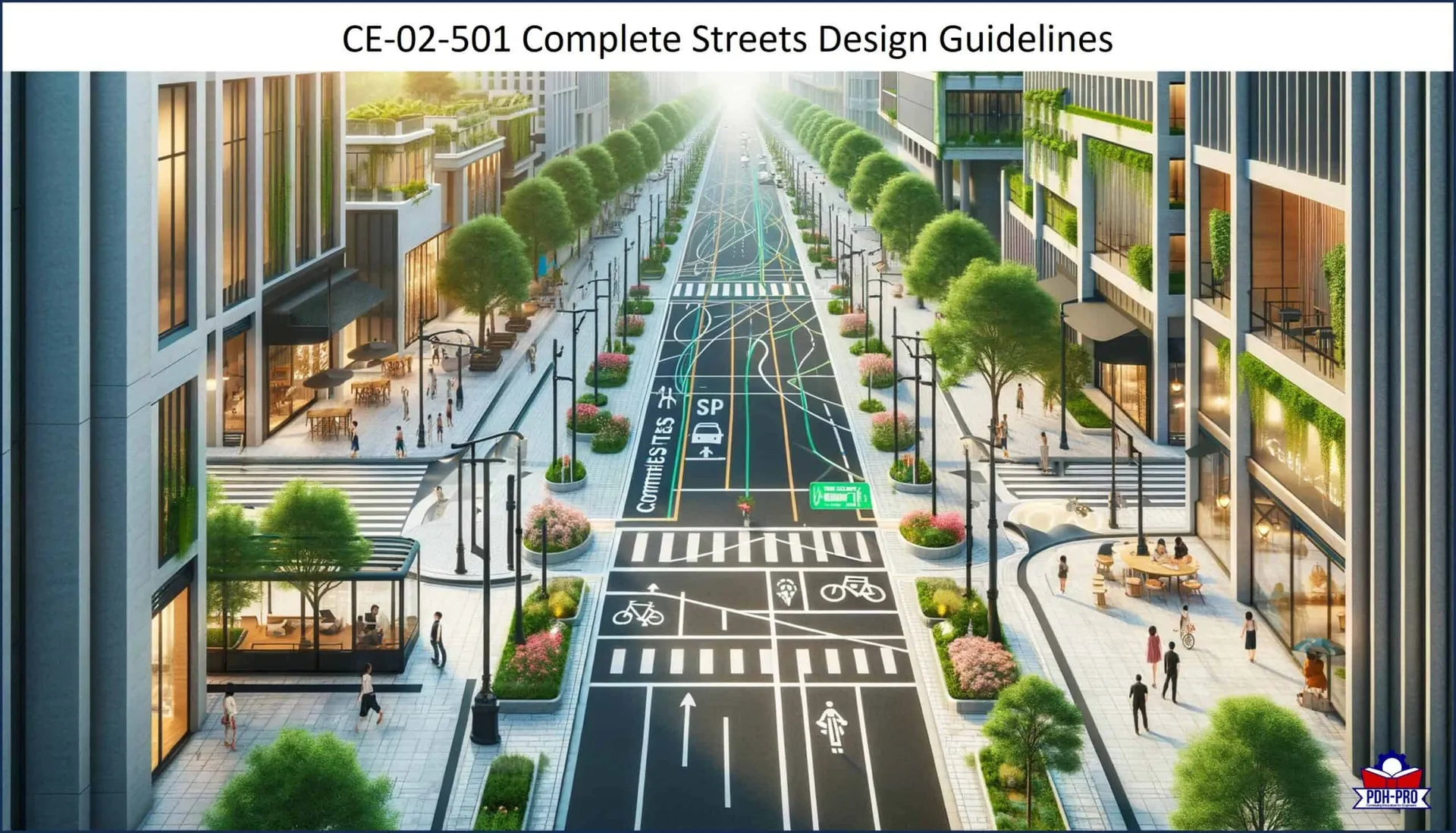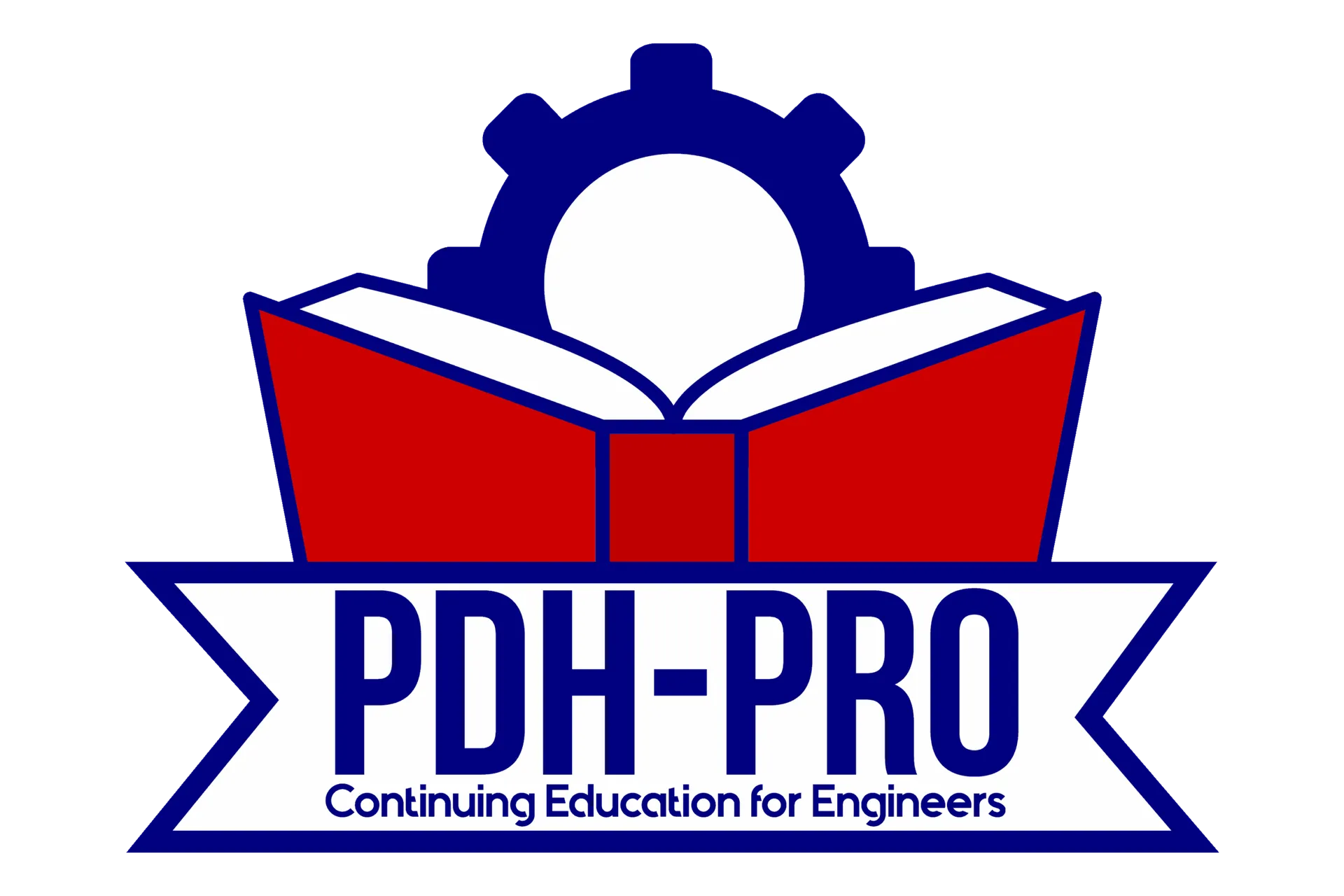
- Home
- Contact Us
- Corporate Solutions
- Webinars
- Packages
- Courses
- Categories
- Live Webinars
- Packages
- Chemical Engineering
- Civil Engineering
- Electrical Engineering
- Petroleum Engineering
- Environmental Engineering
- Geotechnical Engineering
- Mechanical Engineering
- Structural Engineering
- Sustainability
- State Rules and Regulations
- Ethics and Law
- Project Management
- HSSE
- Petroleum Engineering
- Timed & Monitored – Ohio
- On Demand Webinars
- More
Course Full With Both Sidebar
Condimentum Cursus Lorem ParturientInstructorGregory J. Taylor
TypeOnline Course
Price$78
Please sign in first
Not a member?
Please simply create an account before buying/booking any courses.
Create an account for free!
Basic Horizontal Curve Safety Treatments
Basic Horizontal Curve Safety Treatments Author: Gregory Taylor The purpose of this course is to present basic safety treatments that may be used for problem horizontal curve locations. These treatments can be used to reduce and/or prevent roadway departure crashes, injuries, and fatalities. This course summarizes practical information regarding the application of basic MUTCD safety... Learn More
InstructorGregory J. Taylor
TypeOnline Course
Price$42$24
Please sign in first
Not a member?
Please simply create an account before buying/booking any courses.
Create an account for free!
Open-Graded Friction Course
Open-Graded Friction Course Author: Gregory Taylor This course presents an introduction to today’s roadway open-graded friction courses (OGFC). Participants will be given an in-depth look at the principles and potential trade-offs to be considered when selecting and designing OGFCs. By combining this course material with work experience and engineering judgment, the participant may produce plans... Learn More
InstructorPDH Pro Staff
TypeOnline Course
Price$105
Please sign in first
Not a member?
Please simply create an account before buying/booking any courses.
Create an account for free!
An Integrated Framework to Restore Small Urban Watersheds
An Integrated Framework to Restore Small Urban Watersheds Urban watershed restoration has recently evolved into a growing and sophisticated practice. This course introduces the basic concepts and techniques of urban watershed restoration, and sets forth the overall framework used to evaluate subwatershed restoration potential. It presents the basic concepts used to restore urban streams, and... Learn More
InstructorPDH Pro Staff
TypeOnline Course
Price$168
Please sign in first
Not a member?
Please simply create an account before buying/booking any courses.
Create an account for free!
Complete Streets Design Guidelines
Complete Streets Design Guidelines “Complete Streets” is a national movement that includes the Federal Highway Administration (FHWA), state departments of transportation (DOTs), metropolitan planning organizations (MPOs), cities, counties, nonprofits and others. Complete streets offers a valuable approach to providing alternatives to traffic congestion, making places safer and more livable, reducing environmental impacts, and a host... Learn More
InstructorPDH Pro Staff
TypeOnline Course
Price$42$24
Please sign in first
Not a member?
Please simply create an account before buying/booking any courses.
Create an account for free!
Bridge Design – Concrete Decks
Bridge Design – Concrete Decks One of the major advancements in bridge construction in the United States in the second half of the twentieth century was the development and use of prestressed concrete. Prestressed concrete bridges offer a broad range of engineering solutions and a variety of aesthetic opportunities. This course includes state-of-the-art information relative... Learn More
Course Categories
- Chemical Engineering
- Civil Engineering
- Electrical Engineering
- Environmental Engineering
- Ethics and Law
- Geotechnical Engineering
- HSSE
- Live Webinars
- Mechanical Engineering
- On Demand Webinars
- Packages
- Petroleum Engineering
- Project Management
- State Rules and Regulations
- Structural Engineering
- Sustainability
- Timed & Monitored – Ohio
